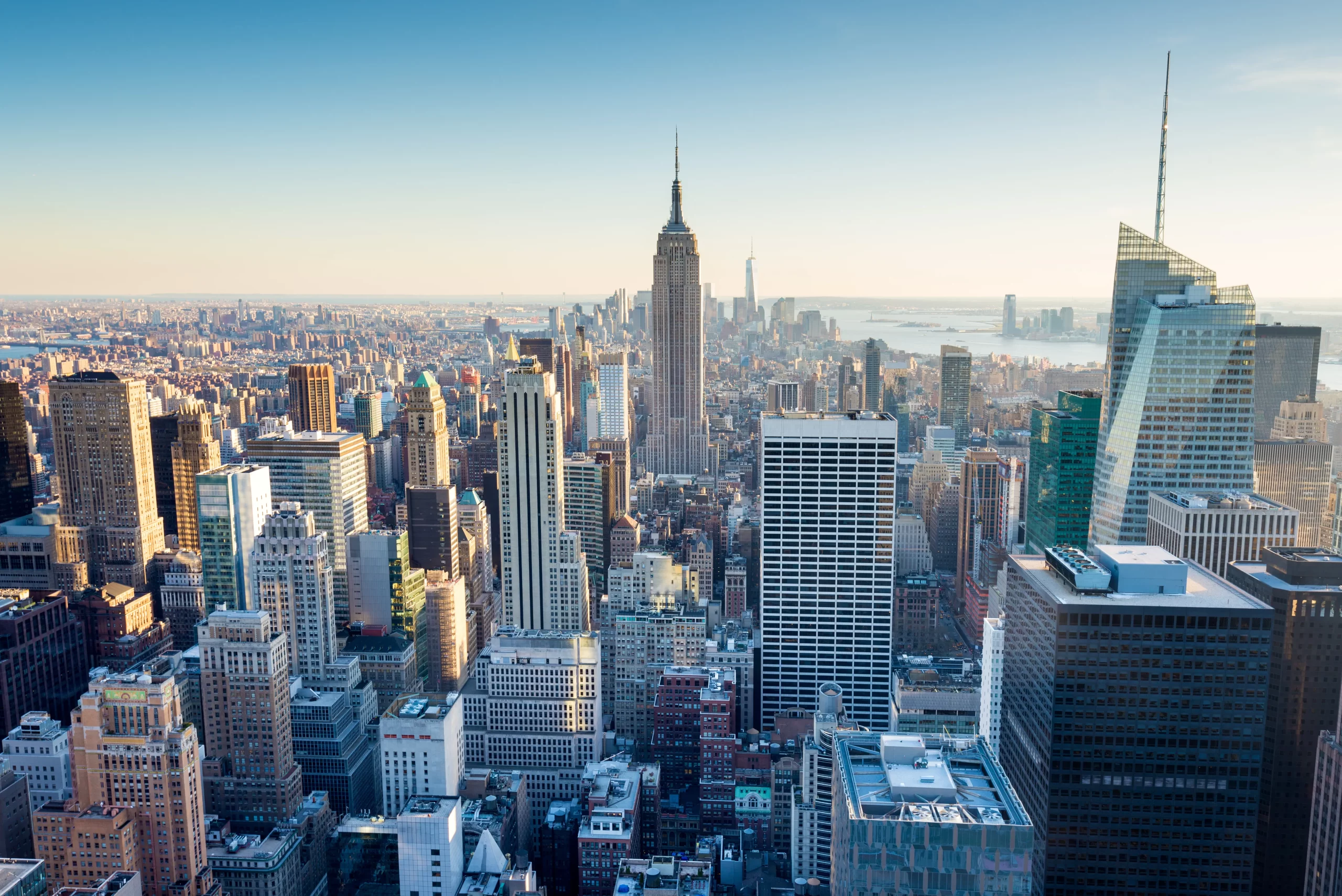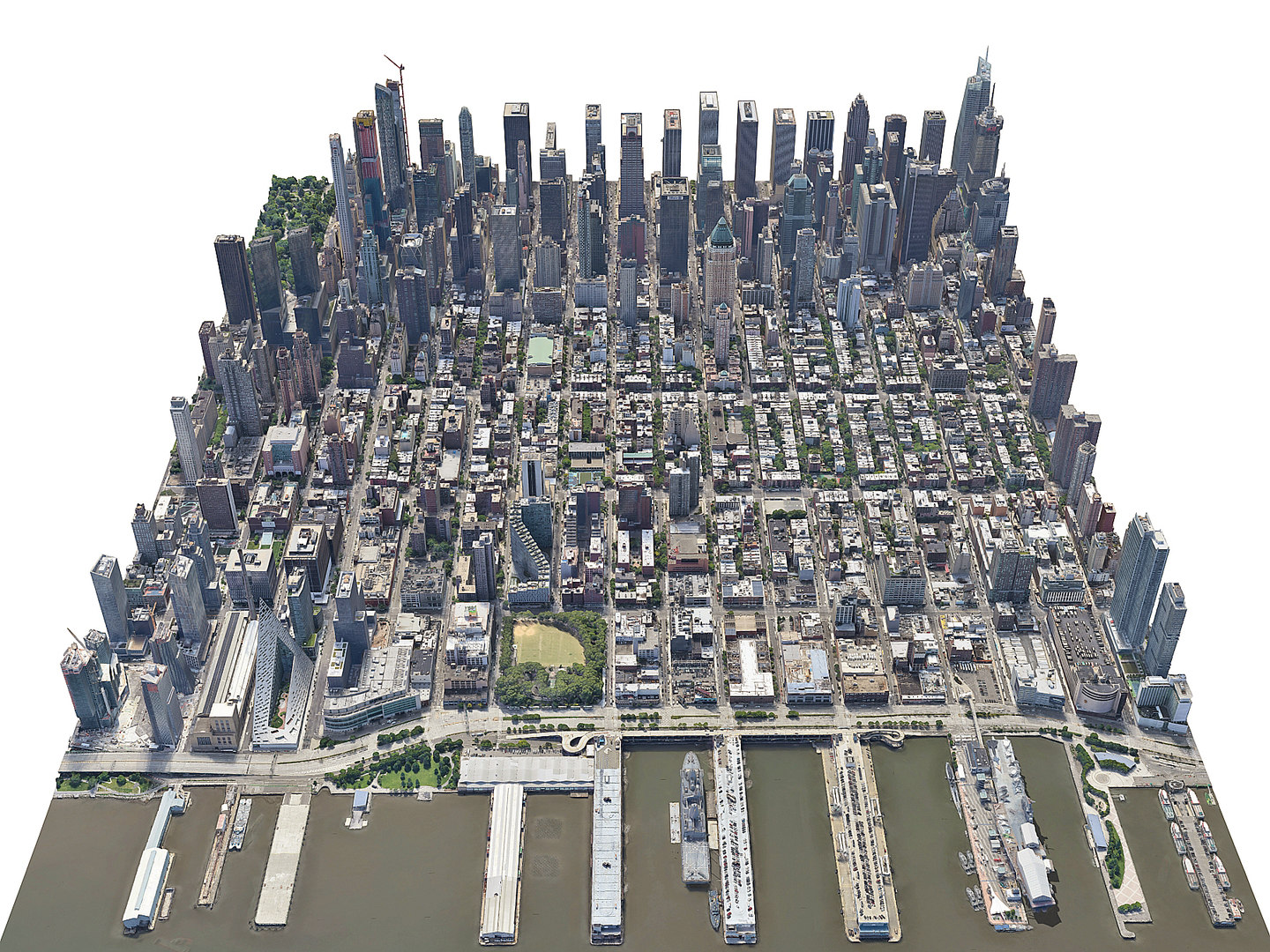
Local Law 97 is a key component of New York City’s Climate Mobilization Act, designed to dramatically reduce greenhouse gas emissions from large buildings across NYC. Enacted in 2019, Local Law 97 requires most buildings over 25,000 square feet to meet strict carbon emission limits starting in 2024. This landmark legislation supports the city’s ambitious target of reducing greenhouse gas emissions by 80% by 2050. Local Law 97 compliance is critical for building owners seeking to avoid penalties and support a greener New York City.

When is the Deadline for Local Law 97?
Buildings covered by Local Law 97 are required to file a report with the Department of Buildings (DOB) detailing their annual greenhouse gas emissions by May 1, 2025—and continue reporting by May 1 of each following year. However, the City has announced an extension and adjustment period for certain buildings, allowing more time to comply without penalties if they submit a Compliance Action Plan by May 1, 2025. Staying on top of these updated requirements is crucial to avoid violations and costly fines.
In addition, a 60-day grace period extends the Local Law 97 deadline to June 30, 2025, without incurring penalties. Building owners may also apply for a further extension to August 29, 2025, if they engage a Registered Design Professional (RDP) or a Qualified Retro-Commissioning (RCx) Agent by February 1, 2025, and submit the required documentation. These options provide flexibility for buildings actively working toward Local Law 97 compliance, but timely action is essential.

More information on the requirements of Local Law 97 can be found on the NYC DOB’s Greenhouse Gas Emission Reporting page.
Complying with Local Law 97 does not have to be costly. Safari Engineering offers an integrated suite of services designed to drive building performance, decrease costs, and overcome any project challenges. As the leading providers in the building energy efficiency industry, we have assisted thousands of buildings in complying with local laws in a cost-effective way.
Failure to comply with Local Law 97 results in a Major (Class 2) violation, which can lead to a penalty of $268 per metric ton of greenhouse gas emissions that exceed the building’s emissions limit. Emissions are calculated based on tons of CO2 equivalent per square foot. It’s important to note that non-compliance by failing to report comes with a hefty fine and providing false reports comes with an even heftier fine and potentially jail time.
| Occupancy Group | Space Use | 2024-2029 | 2030-2034 |
|---|---|---|---|
| B – Ambulatory Health | Medical Office | 23.81 | 11.93 |
| M – Mercantile | Retail | 11.81 | 4.3 |
| A – Assembly | Assembly | 10.74 | 4.2 |
| R1 – Hotel | Hotel | 9.87 | 5.26 |
| B – Business | Office | 8.46 | 4.53 |
| E – Educational | School | 7.58 | 3.44 |
| R2 – Residential | Multifamily Housing | 6.75 | 4.07 |
| F – Factory | Factory | 5.74 | 1.67 |
| S – Storage | Storage / Warehouse | 4.26 | 1.1 |
Building owners can conduct an energy audit to determine their emissions and identify areas where they can make improvements to reduce them.
The fines for non-compliance with Local Law 97 in New York City will begin to be issued starting in 2024. The fines will be based on a building’s carbon emissions, with larger buildings facing larger fines. The fines are designed to increase over time to encourage building owners to take steps to reduce their emissions and comply with the law.
Yes, there are exemptions for certain buildings, such as those that are entirely affordable housing, landmarked, or used for religious worship.
It is possible for NYC to become carbon neutral by 2050, but it would require significant efforts from the city government, private sector, and residents to reduce greenhouse gas emissions and increase the use of renewable energy sources. It’s worth noting that achieving carbon neutrality is a complex and ambitious goal, and it’s not guaranteed that it will be met in 2050, but the city and other cities in the world are taking steps to reduce emissions and decrease dependence on fossil fuels.